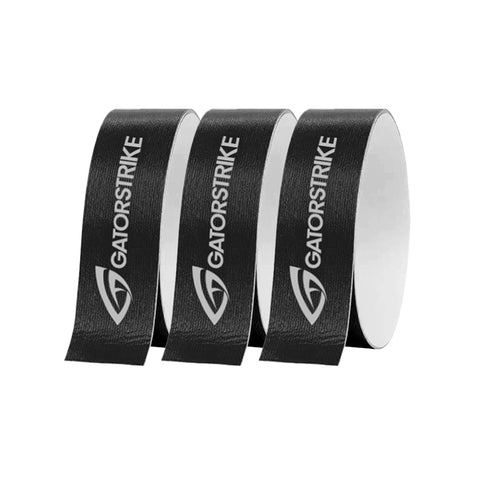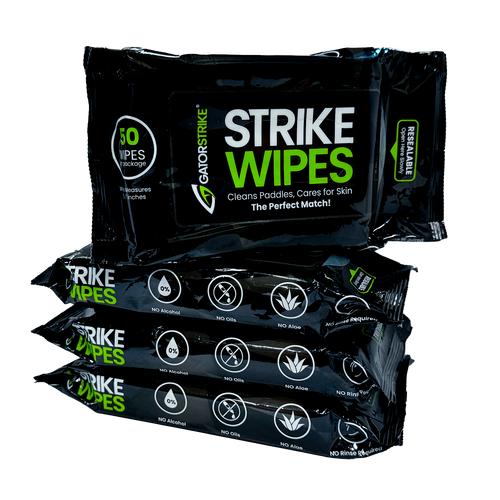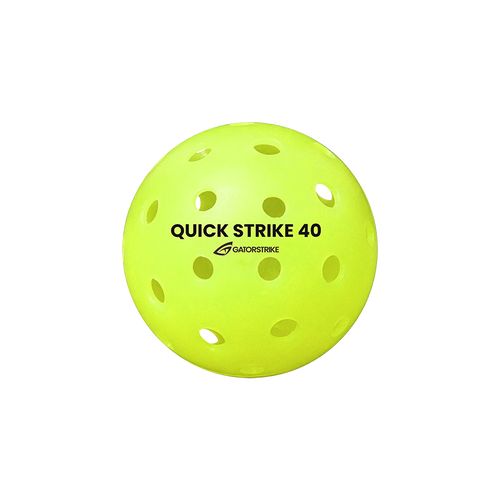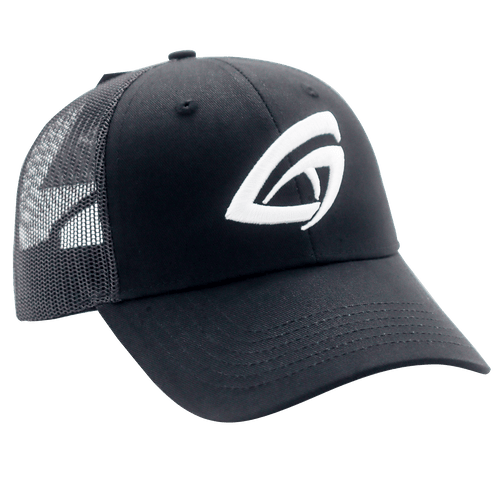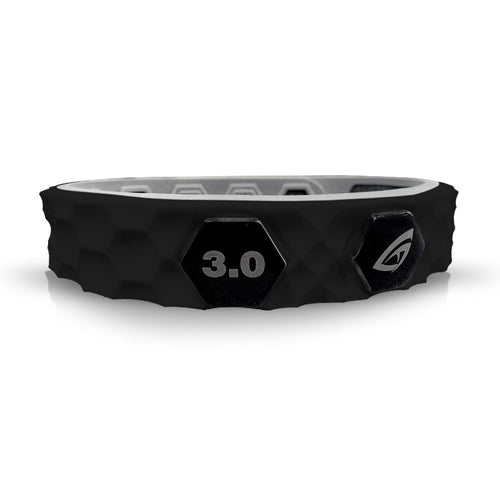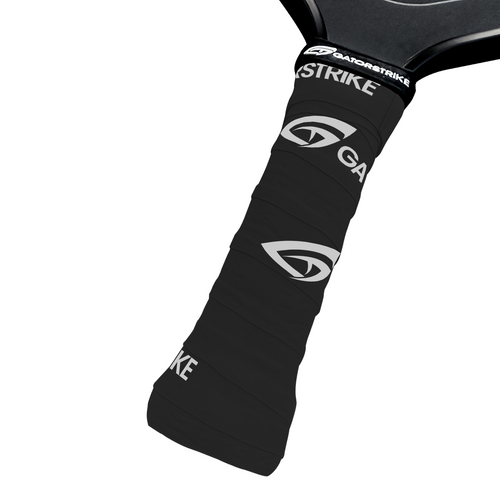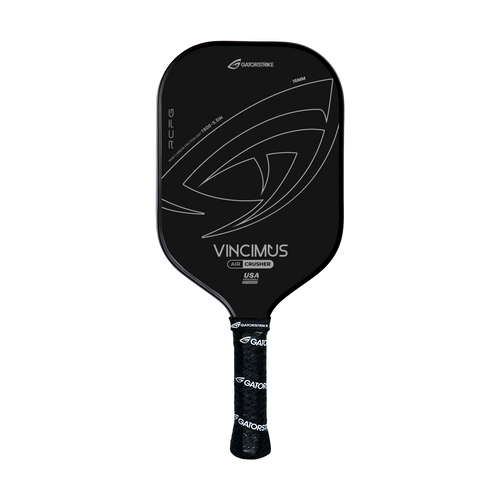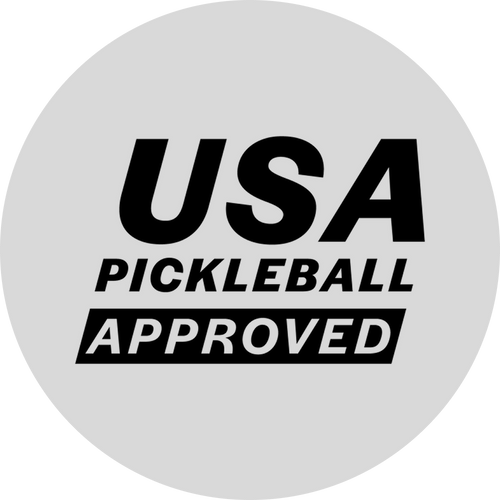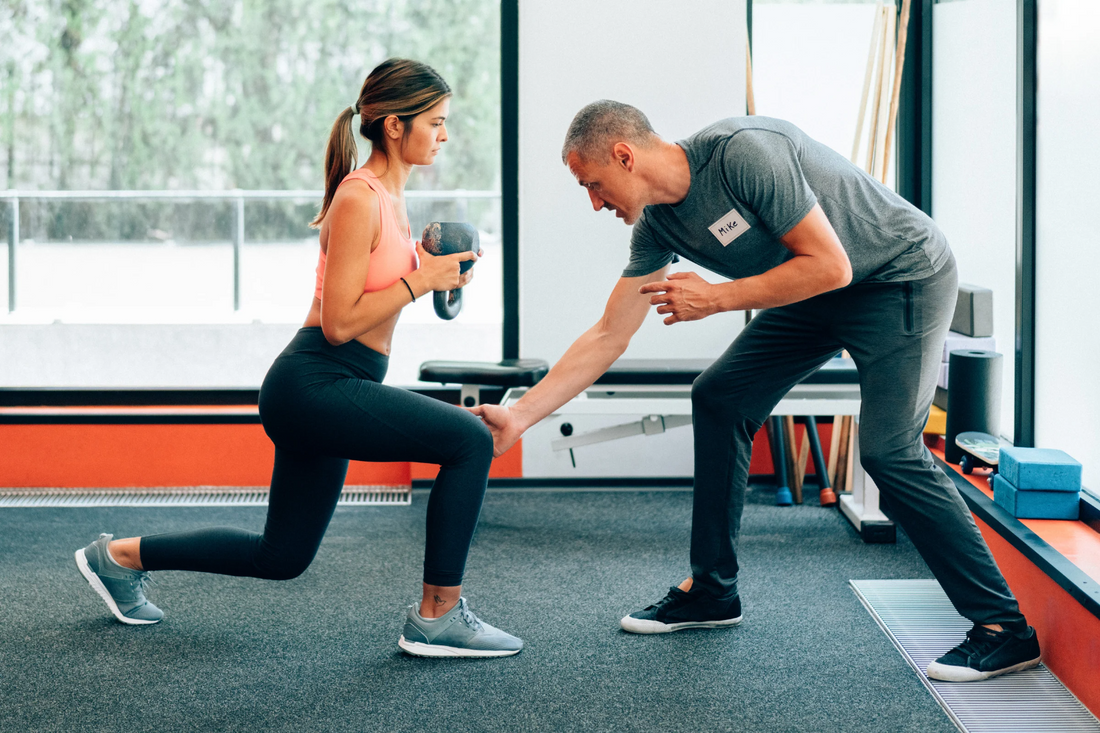
The Benefits of Cross-Training: How Other Sports Can Improve Your Pickleball Game
Share
Pickleball may be your sport of choice, but if you’re looking to elevate your performance, enhance endurance, and sharpen your reflexes, cross-training with other sports can provide a significant competitive edge. Whether you’re a recreational player or a tournament contender, integrating diverse athletic activities into your regimen can improve agility, coordination, strength, and mental resilience—all critical elements of a well-rounded pickleball game.
In this article, we’ll explore how engaging in complementary sports can amplify your skills on the pickleball court, prevent overuse injuries, and keep your training dynamic and enjoyable.
1. Tennis: Developing Power and Court Awareness
Tennis and pickleball share common mechanics, making tennis an excellent cross-training sport for players looking to hone their shot precision, footwork, and court positioning.
Key Benefits:
✅ Improved Stroke Mechanics: Tennis enhances topspin, slice control, and wrist stability, helping you fine-tune shot placement.
✅ Stronger Groundstrokes: A powerful baseline game in tennis translates into stronger drives and passing shots in pickleball.
✅ Expanded Court Awareness: Since a tennis court is larger, transitioning to a pickleball court sharpens reaction time and improves defensive play.
How to Implement: Play singles or doubles tennis matches a few times a month to develop endurance and hand-eye coordination.
2. Table Tennis: Enhancing Reflexes and Spin Control
Table tennis, or ping pong, may seem vastly different from pickleball, but it can train fast-twitch muscles, improve paddle control, and enhance reaction time—all crucial for net play.
Key Benefits:
✅ Quicker Reflexes: The smaller court and high-speed rallies train players to anticipate shots and react rapidly.
✅ Enhanced Paddle Control: Precision in angles, spin application, and paddle grip adjustments improves dink shots and third-shot drops.
✅ Sharper Hand-Eye Coordination: Mastering split-second decisions at the ping pong table translates into better anticipation on the pickleball court.
How to Implement: Play fast-paced table tennis matches or practice against a ball machine to sharpen reflexes.
3. Basketball: Boosting Agility and Footwork
Pickleball requires constant lateral movement, quick pivots, and explosive bursts of speed—skills that basketball naturally reinforces.
Key Benefits:
✅ Stronger Footwork: Defensive slides in basketball enhance side-to-side mobility, crucial for covering the pickleball court efficiently.
✅ Improved Court Vision: Basketball players learn to read their opponents, anticipate movements, and develop strategic placement.
✅ Enhanced Jumping Ability: A powerful leg drive helps with quick transitions at the non-volley zone (NVZ) and executing well-timed overhead smashes.
How to Implement: Incorporate agility drills like ladder footwork, quick pivots, and defensive slides to refine lateral movement on the court.
4. Badminton: Mastering Soft Touch and Net Play
Badminton is one of the closest relatives to pickleball, particularly in terms of shot finesse, soft touch, and controlled movement at the net.
Key Benefits:
✅ Superior Drop Shots: The delicate touch required for badminton drop shots improves soft dinks and resets in pickleball.
✅ Fast-Paced Reaction Training: The rapid pace of badminton hones reflexes and sharpens anticipation skills.
✅ Enhanced Net Presence: Players develop better reach, foot placement, and balance, all of which translate to stronger non-volley zone play.
How to Implement: Play badminton recreationally or work on drop shot drills to refine net game precision.
5. Yoga and Pilates: Strengthening Core Stability and Flexibility
While yoga and Pilates may not involve a paddle or a ball, they build the foundation of a resilient, injury-resistant body that can endure long matches.
Key Benefits:
✅ Improved Balance and Stability: Holding poses and core engagement exercises enhance on-court steadiness.
✅ Increased Flexibility: A greater range of motion reduces injury risk and allows for fuller follow-through on swings.
✅ Mind-Body Awareness: Yoga enhances focus, breathing control, and mental resilience, critical in high-pressure matches.
How to Implement: Practice yoga twice a week to increase flexibility and incorporate Pilates movements for core and lower-body strength.
6. Swimming: Elevating Stamina and Cardiovascular Endurance
Pickleball may not seem like an endurance sport, but maintaining a high level of stamina is key to sustaining performance throughout long, intense rallies. Swimming is a low-impact, full-body workout that enhances lung capacity and muscular endurance.
Key Benefits:
✅ Improved Cardiovascular Efficiency: Strengthening the heart and lungs leads to better energy conservation during long matches.
✅ Joint-Friendly Conditioning: Unlike high-impact training, swimming protects joints while building muscular endurance.
✅ Strengthens Core and Shoulder Muscles: Essential for generating consistent paddle speed and power.
How to Implement: Add swimming sessions 1–2 times per week to build aerobic capacity without the risk of overuse injuries.
7. Pickleball-Specific Strength Training: Building Power and Longevity
While playing other sports is beneficial, targeted strength training tailored to pickleball-specific movements is equally crucial.
Key Benefits:
✅ Explosive Leg Power: Squats, lunges, and plyometrics improve speed and agility.
✅ Stronger Shoulders and Wrists: Resistance bands and dumbbell exercises prevent injuries and enhance paddle control.
✅ Injury Prevention: A strong foundation minimizes joint strain and muscular imbalances.
How to Implement: Dedicate two strength-training sessions per week with a focus on functional movement patterns relevant to pickleball.
Final Thoughts: Cross-Training for a Competitive Edge
Cross-training isn’t just about physical benefits—it keeps your training exciting, prevents burnout, and challenges different muscle groups that pickleball alone may not activate. By engaging in tennis, basketball, badminton, swimming, table tennis, and strength training, you’ll develop a well-rounded skill set that translates into a more dynamic, strategic, and resilient pickleball game.
So, the next time you hit the court, remember: the best players aren’t just pickleball specialists—they’re all-around athletes. Start integrating cross-training into your routine and watch your game reach new heights! 🚀🏓

